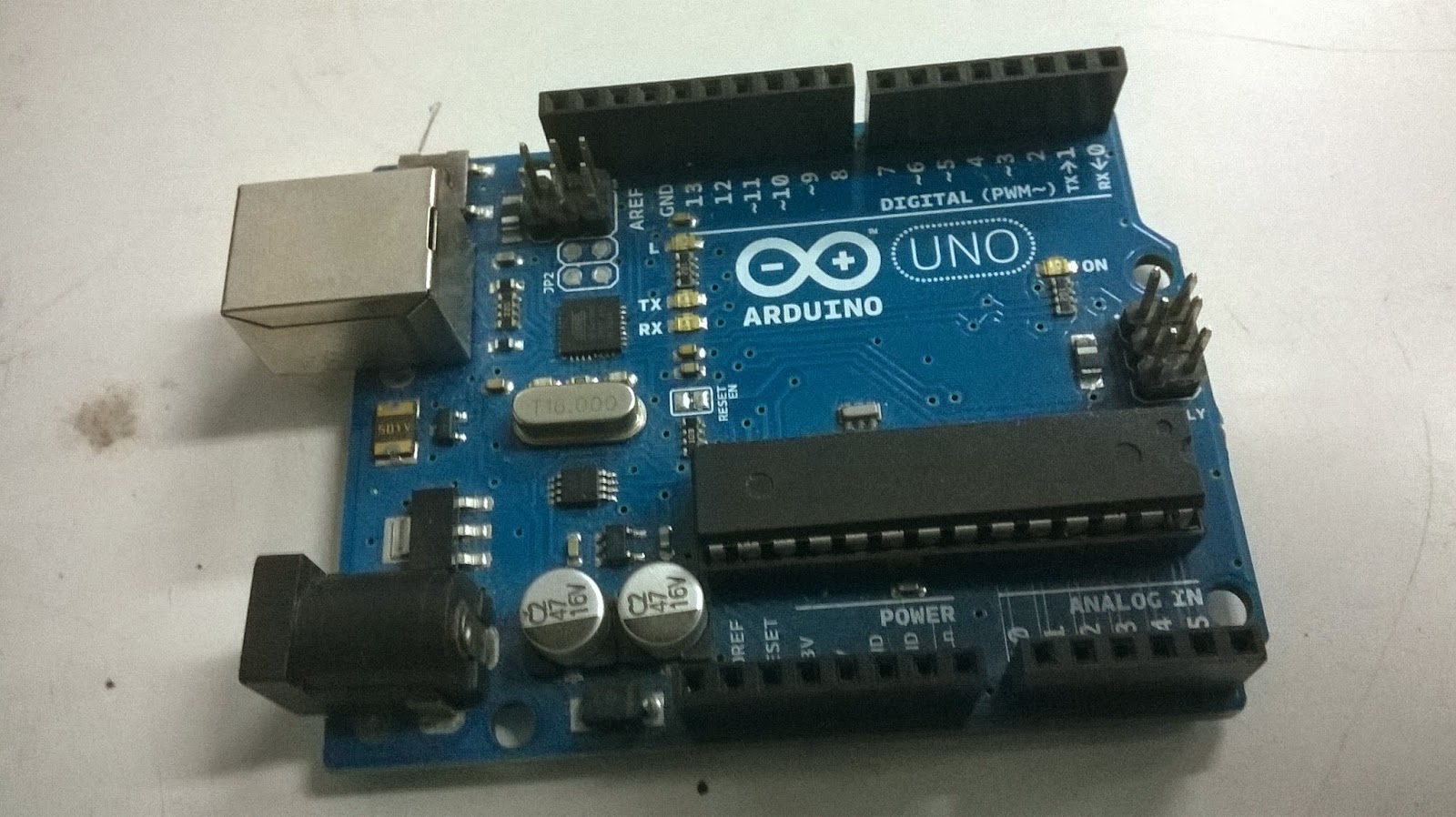
- #Komunikasi serial arduino how to#
- #Komunikasi serial arduino install#
- #Komunikasi serial arduino code#
- #Komunikasi serial arduino free#
You don’t need any special setup for Arduino.

This will be easier to manage and unless you have a good reason not too, you should prefer using the USB cable instead of plain gpios for Serial communication. Thus, you need a 3.3V/5V level-shifter to protect the Raspberry Pi when connecting RX and TX (more info on Raspberry Pi pins and Arduino Uno pins).įor the rest of this tutorial we’ll use the setup with the USB cable. For Arduino boards like Due, 101, it will be fine because they also use 3.3V.īut, for many Arduino, such as Uno, Mega, Leonardo, Nano, and many more, the board is operating at 5V. To make a Serial connection you can also use plain wires between the Raspberry Pi GPIOs and the Arduino pins.ĭepending on your Arduino board you might need to use a voltage level-shifter. The Raspberry Pi will power the Arduino via this cable. After that, connect the USB cable to the Raspberry Pi.
#Komunikasi serial arduino code#
Note: you will first need to connect your Arduino to your computer, so you can upload the code into the board. For boards like Arduino Uno and Mega, the connector will be different from Arduino Nano, and from Arduino Zero.įor this example I’ve used an Arduino Uno board.Īs you can see, it’s the simplest hardware connection you can make between Raspberry Pi and Arduino. Here the USB connector will depend on which version you have. You can choose any of the 4 USB ports available on the board.įor Arduino, you will use the USB port that you use to upload code from your computer (with the Arduino IDE) to your board. On the Raspberry Pi side, a simple USB connector is all you need.

The easiest way is to use a USB cable between both board. There are 2 ways to connect your Raspberry Pi and Arduino for Serial communication.
#Komunikasi serial arduino how to#
Let’s now see how to physically connect the 2 boards together. Then, both Raspberry Pi and Arduino will be able to send messages to each other. We’ll have to do some setup and write some code to make it work. What we’ll do here is almost the same, except that instead of your Arduino IDE, the other side of the Serial communication will be a Raspberry Pi board. You can receive and send data directly from the Serial monitor. When you use the Serial monitor, well, basically your Arduino IDE initiates a Serial communication with your Arduino. I’m sure you already know the Arduino Serial library, which allows you to log what’s happening in your code and get user input. You’ve certainly already used Serial communication many times. You probably already know Serial communication You can also use the GPIOs (RX0/TX0) for an additional UART. Each will have a different device name (we’ll see how to find them later in this tutorial). On the Raspberry Pi, you can connect many Serial devices on the USB ports.

For example the Arduino Mega has different Serials (Serial, Serial1, Serial2, Serial3) and the Arduino Zero has a native USB port only (use SerialUSB instead of Serial). The Arduino Uno board has one UART that you can use either with a USB cable or from the RX/TX pins (don’t use it with both at the same time). Usually you’ll use other protocols such as I2C and SPI when you need master-slaves configurations: for example when you have one Arduino board and multiple sensors or actuators. This is one of the main difference with master-slaves protocols, where only the master device can initiate a communication.
#Komunikasi serial arduino free#
Multi-master means that all connected devices will be free to send data when they want. Be reassured, there are libraries that will handle all the low layers for you. You are learning how to use the combo Raspberry Pi + Arduino to build your own projects?Ĭheck out Raspberry Pi and Arduino and learn step by step.īasically it’s an asynchronous multi-master protocol based on the Serial communication, which will allow you to communicate between the 2 boards. UART means “Universal Asynchronous Reception and Transmission”. More specifically, when you use Serial with Arduino and Raspberry Pi, you’re using the UART protocol. The data will be sent sequentially, one bit at a time (1 byte = 8 bits), contrary to parallel communication, where many bits are sent at the same time. Serial communication is simply a way to transfer data. Raspberry Pi Arduino Serial communication: Application example.

#Komunikasi serial arduino install#


 0 kommentar(er)
0 kommentar(er)
